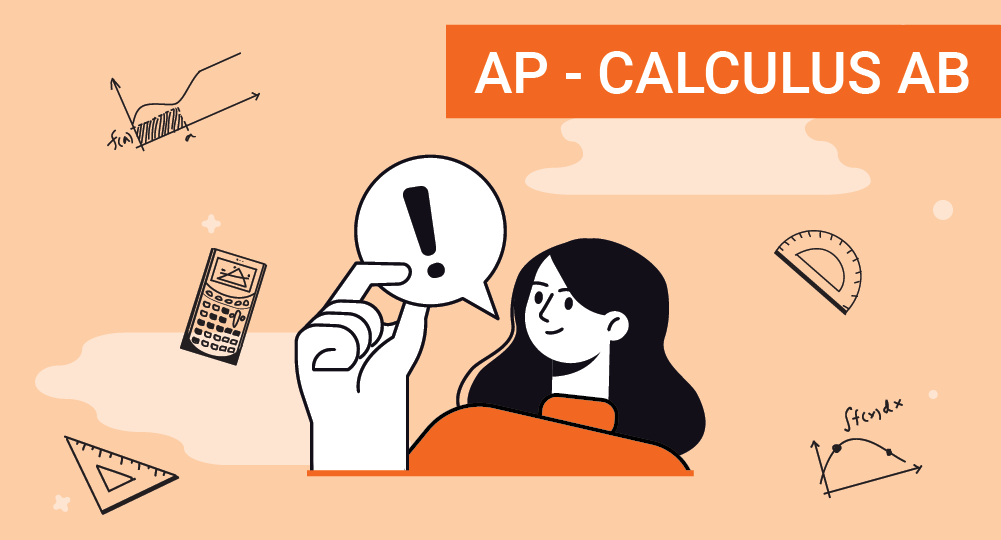
Grade 7 Science
Grade 7 Science covers Natural selection and genetics, Structure, function and structure, Matter and energy, Chemistry in daily life, History of earth, Space systems, Force and motion, Energy and light and electricity
What you'll learn
- 1
Natural selection and gentics: Survival of the fittest, Spontaneity of mutations, Predominant of traits, Mutations, Heredity and Genetics, Mendel's Laws, Modeling , patterns of Inheritance, Genetic Disorders, Idea of Natural Selection, Darwin's theory, Adaptations and Extinction.
- 2
Structure, function and information: Lysosomes and Ribosomes, Plastids, Chloroplast and Vacuoles, Discovery of Cells, Characteristics of Life, Chemistry of Cell, Structure and function and features of Cell, Cytoskeleton, Nucleus and nucleolus, Mitochondria, Golgi Apparatus, Skeletal system, Levers of human body.
- 3
Matter and energy: Support growth of the plant, Moving of food through series of chemical reactions, Formation of Food Molecule, Competition of organisms with each other for limited resources, Population affected by limited resources, Relationship between resource and individual's growth, Community ecology, Number of organisms in ecosystem, Release of energy.
- 4
Matter and chemistry in daily life: Physical and Chemical properties Atomic models, The nucleus, Introduction and types of Mixtures, Solutions, suspensions and colloids, Metals, alloys and their Uses, Nonmetals and Noble gases, NaCl, HCl,Blue vitriol, Marble, Zincite, Gypsum and POP, Compounds of Silicon and fertilizers, Polymer and plastics, Soaps and Detergent, Methods of separations of mixtures.
- 5
History of earth: Earthquakes, Volcanoes, Meteor impacts, Weathering and deposition, Tectonic processes, Investigation of rocks and fossils, Movement of earth's plates, The last ice age and earliest fossils, Cycling of matter, Types of rocks, Soil formation, Mountains.
- 6
Space systems: Cyclic patterns of eclipse, Motion of the Sun, Earth, and Moon, Solar system, Telescope, Spacecraft, Earth's spheres, Earth's hemispheres, Map projections, Astronomy, Classification of stars, The life cycle of a star, Constellations.
- 7
Force and motion: Describing motion, Cause of motion, Net force, Balanced and unbalanced forces, Friction, Types of friction, Ways to reduce and increase friction.
- 8
Energy: Work done, Energy, Types of energy, Kinetic energy, KE vs. Mass, KE vs. Velocity, Gravitational potential energy, Potential Energy, Interconversion of energy, GPE vs. Height, GPE vs. Mass.
- 9
Light and electricity: Components of an electric circuit, Heating effect of electric current, Magnetic effect of electric current, Chemical effects of electric current, Reflection of light, Refraction of light, Multiple refractions, Spherical Lenses.
Skills you'll learn
Analyzing graphs, tables, and charts to extract relevant information
Applying scientific principles and concepts to solve problems and answer questions
Evaluating experimental designs and identifying potential flaws or sources of error
Familiarity with basic scientific principles in biology, chemistry, physics, and Earth science
Applying logical reasoning and critical thinking skills to scientific scenarios
Making connections between different scientific concepts and applying them to novel situations
Understanding the main ideas and supporting details presented in scientific texts

















